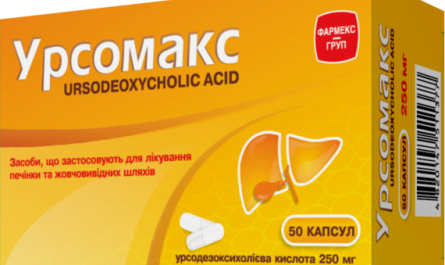What are Pour Point Depressants?
Pour point depressants, also known as PPDs, are additives that are added to lubricants such as engine oils, transmission fluids, hydraulic fluids, and greases. They act by lowering the pour point temperature of the base oil or finished lubricant. Pour point is the lowest temperature at which a fluid will flow or can be poured, and it is an important indicator of the fluid’s cold weather or low-temperature performance characteristics. PPDs work by modifying the wax crystallization behavior of the lubricant.
How do Pour Point Work?
All lubricants contain waxes, which are necessary components for viscosity control and other properties. However, as temperature decreases, these waxes tend to crystallize and form highly rigid networks that inhibit flow. Pour Point Depressants function by interfering with the formation of these wax crystals and delaying the point where flow becomes restricted. They do this by dispersing the wax particles to prevent them from packing together into solid clumps. The PPDs adsorb to the growing crystal edges or change their crystal habit/structure so wax crystallization occurs at a lower temperature than normal. This keeps the wax crystallization process under control and prevents solidification down to much lower pour points.
Types of Pour Point
There are different types of chemicals that can act as PPDs in lubricants:
– Polymethacrylates: These are polymers that adhere to the surface of wax crystals and prevent aggregation. They are very effective PPDs suitable for diesel engine oils and other industrial applications.
– Polyalkylmethacrylates: Similar to polymethacrylates but with longer side chain groups that enhance the additive’s performance.
– Copolymers: These are copolymers of methacrylate with other monomers like styrene that modify the polymer structure for better compatibility.
– Olefin copolymers: Produced by copolymerizing α-olefins, these have good solvency towards most types of lubricant base oils.
– Terpolymers: Terpolymers formed from methacrylate, styrene and an additional component are also used as highly effective multipurpose PPDs.
– Dispersants: Certain dispersant chemistries such as polyisobutylene succinimide are also known to contribute some pour point depression simultaneously with other benefits.
Importance in Lubrication Applications
Addition of proper pour point is crucial for various lubrication applications where low-temperature fluidity and pumpability are required:
– Diesel engine oils: PPDs keep diesel fuels and lubricants flowing sufficiently during cold weather engine starts and reduce wax-induced filter plugging.
– Motor oils: They aid cold climate and winter driving performance of passenger car and heavy-duty engine oils.
– Hydraulic fluids: Maintaining hydraulic system function is critical even at subzero hydraulic fluid temperatures, requiring effective PPDs.
– Gear oils: Gear oil PPDs prevent congealing issues that can damage transmission components in vehicles used in very cold environments.
– Transformer and heat transfer oils: Keeping insulating, quenching and other specialty oils fluid enough during use in cold conditions.
– Greases: PPDs maintain the mobility of thick greases while also preventing leakage at low temperatures.
Thus, proper selection and use of pour point plays a pivotal role in ensuring the dependable operation of lubricated machinery across a wide range of climatic conditions. Their use promotes both energy savings and equipment uptime throughout the year.
Choosing a Pour Point Depressant
When choosing a PPD, factors to consider include:
– Type of base oil – Mineral, synthetic and other base oils may require specifically tailored PPD chemistries for best performance compatibility.
– End use temperature range – Very low service temperatures demand more effective PPDs compared to mild winter conditions.
– Fluid viscosity grade – Heavier oils with higher viscosity indices tend to need higher treat levels of PPDs to achieve Pour Points.
– Rate of temperature change – Dynamic equipment subject to rapid cooling requires PPDs less prone to thermal hysteresis effects on wax morphology.
– Equipment and system constraints – PPD solvency, shear stability and any compositional limits set by OEMs/manufacturers must be taken into account.
– Cost-benefit analysis – Higher performance PPDs may cost more but can help lower total LCOE through increased uptime or extended oil drain intervals.
Testing and Monitoring PPD Effectiveness
Lab tests on PPD/base oil blends are done to select the right candidate and dosage. Key tests include:
– Pour point according to ASTM D97 gives the main low-temperature performance indication.
– Low Temperature Flow Test (ASTM D5293) mimics starting fluidity better than pour point alone.
– Wax deposition potential (ASTM D5853) predicts filterability.
– Oxidation, shear stability and compatibility (ASTM D6186) ensure long-term protection.
Field evaluation then monitors filters, viscosity control and equipment startup under real cold start/stop operating cycles for outright PPD effectiveness and cost savings delivered over the product’s service life.
In summary, pour point depressants are crucial lubricant additives required across a broad scope of applications to Dilution and shear degradation are also factors to watch.
*Note:
1.Source: Coherent Market Insights, Public sources, Desk research
2.We have leveraged AI tools to mine information and compile it



